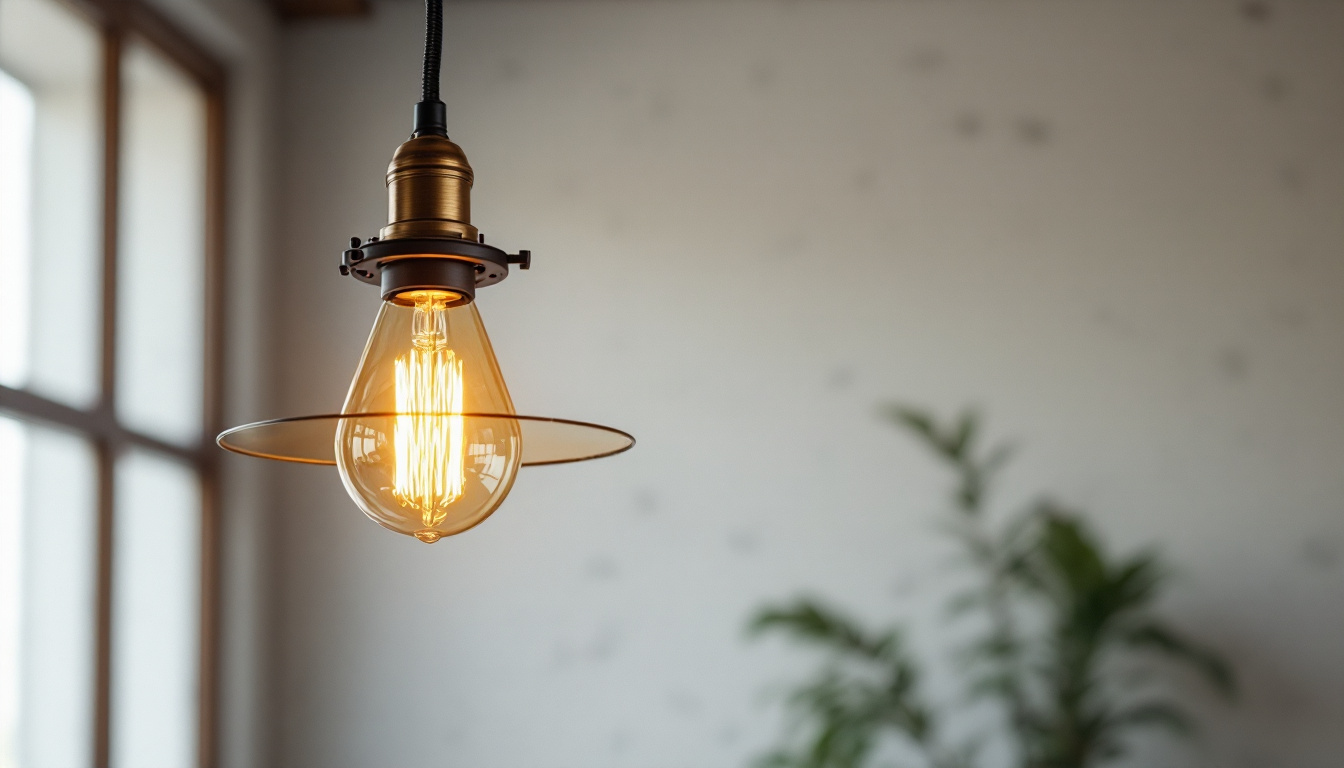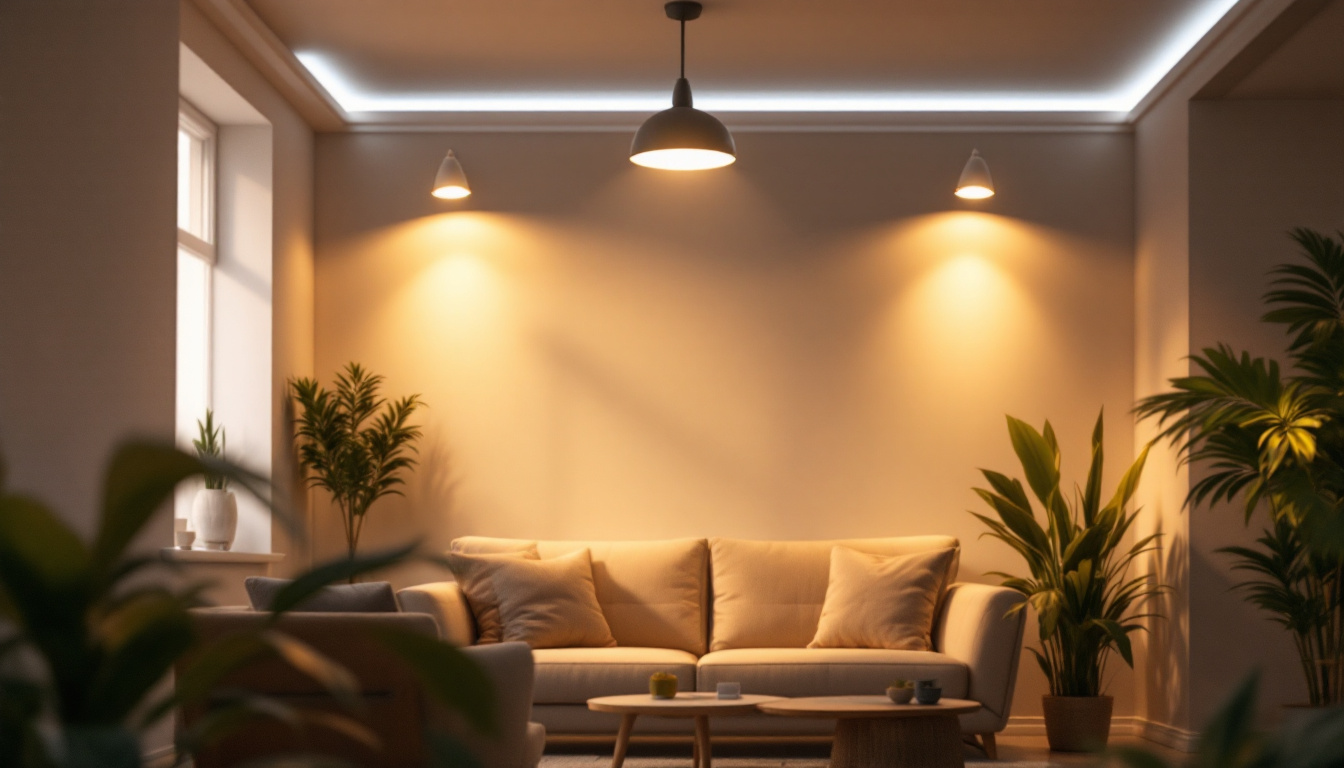

plastic panel greenhouses have become increasingly popular among horticulturists and lighting contractors alike. These structures offer a cost-effective and efficient way to cultivate plants while providing a controlled environment. The use of plastic panels allows for excellent light transmission, insulation, and durability, making them an ideal choice for various growing conditions.
Unlike traditional glass greenhouses, plastic panel greenhouses are lightweight and easier to install. They can be constructed in various shapes and sizes, catering to the specific needs of different plants. Moreover, the flexibility of plastic allows for innovative designs that can maximize space and light exposure, which are crucial factors in plant growth.
One of the primary advantages of using plastic panels in greenhouses is their exceptional insulation properties. This feature helps maintain a stable temperature, which is vital for plant health. Additionally, plastic panels are less prone to breakage compared to glass, reducing maintenance costs and ensuring longevity.
Furthermore, plastic panels can be treated to filter harmful UV rays while still allowing beneficial light wavelengths to penetrate. This selective filtering enhances plant growth and can lead to higher yields. The lightweight nature of plastic also allows for easier modifications and expansions of the greenhouse as needs evolve.
In addition to their practical benefits, plastic panel greenhouses can also contribute to sustainable gardening practices. Many of these structures are made from recycled materials, which helps reduce environmental impact. This eco-friendly aspect appeals to a growing number of gardeners who are conscious of their carbon footprint. Moreover, the ability to create a controlled environment means that growers can optimize water usage and reduce the need for chemical fertilizers and pesticides, promoting healthier plant growth and a more sustainable approach to agriculture.
Another noteworthy feature of plastic panel greenhouses is their versatility in accommodating a wide range of plant species. From delicate seedlings to robust fruiting plants, these greenhouses can be tailored to provide the ideal conditions for each type of plant. This adaptability is particularly beneficial for commercial growers who may want to diversify their crops or experiment with new varieties. Additionally, the ease of installation and modification allows hobbyists to start small and gradually expand their growing operations as they gain experience and confidence in their gardening skills.
LED grow lights have revolutionized the way plants are cultivated in greenhouses. These lights are energy-efficient, long-lasting, and provide a full spectrum of light that can be tailored to the specific growth stages of plants. For lighting contractors, understanding the advantages of LED technology is essential for optimizing greenhouse environments. The shift to LED technology is not merely a trend; it represents a significant advancement in horticultural practices, allowing growers to maximize their yields while minimizing their environmental footprint.
Unlike traditional lighting options, LED grow lights produce less heat, which means they can be placed closer to plants without the risk of overheating. This proximity allows for more effective light absorption, leading to healthier and faster-growing plants. Additionally, the low energy consumption of LEDs translates to significant cost savings over time. With the added benefit of longer lifespans—often exceeding 50,000 hours—LEDs reduce the frequency of replacements, further enhancing their cost-effectiveness. This durability is particularly advantageous for large-scale operations where downtime can lead to substantial losses.
One of the standout features of LED grow lights is their ability to customize the light spectrum. Different plants have varying light requirements, and the ability to adjust wavelengths can enhance growth rates and overall health. For instance, blue light promotes vegetative growth, while red light encourages flowering and fruiting. This flexibility allows growers to tailor their lighting setups to the specific needs of their crops, ensuring optimal conditions for each growth phase.
By utilizing programmable LED systems, lighting contractors can create tailored lighting schedules that mimic natural sunlight patterns. This approach not only optimizes plant growth but also improves energy efficiency, making it a win-win for both growers and contractors. Furthermore, advanced LED systems can incorporate features such as dimming and color adjustments, enabling growers to fine-tune their lighting based on real-time plant responses. This level of control can lead to improved crop quality, higher nutrient density, and even shorter growth cycles, making LED technology a pivotal element in modern agricultural practices. As research continues to uncover the complexities of plant-light interactions, the potential for even more sophisticated LED applications in horticulture remains vast and exciting.
The integration of LED grow lights with plastic panel greenhouses creates a synergistic effect that maximizes plant growth potential. Proper installation and positioning of lights are crucial to ensure that all plants receive adequate light exposure. Lighting contractors play a pivotal role in this integration process.
When installing LED lights in a plastic panel greenhouse, it is important to consider factors such as light intensity, duration, and placement. A well-thought-out lighting plan can significantly enhance the greenhouse environment, leading to improved plant health and productivity.
Proper light placement is essential for achieving uniform light distribution throughout the greenhouse. Lighting contractors should assess the layout of the greenhouse and the types of plants being grown to determine the best positioning for LED lights. Overhead lighting is common, but side lighting can also be beneficial, especially for taller plants.
In addition to placement, the height at which lights are installed can affect light intensity and coverage. Adjusting the height based on plant growth stages ensures that all plants receive the necessary light without causing stress or damage.
As the demand for sustainable practices in agriculture continues to rise, the combination of plastic panel greenhouses and LED grow lights offers a compelling solution. Both technologies contribute to energy efficiency and reduced environmental impact, making them attractive options for modern growers.
Plastic panel greenhouses require less energy for heating and cooling, while LED lights consume significantly less electricity compared to traditional lighting systems. This energy efficiency not only lowers operational costs but also reduces the carbon footprint of greenhouse operations.
Incorporating smart technologies into greenhouse operations can further enhance energy efficiency. Automated systems that regulate temperature, humidity, and light exposure can optimize growing conditions and reduce waste. For lighting contractors, integrating smart controls with LED lighting systems can lead to significant improvements in energy management.
Smart lighting systems can be programmed to adjust based on real-time environmental conditions. For example, if the greenhouse reaches a certain temperature, the lighting system can automatically dim or turn off to conserve energy. This level of automation not only improves sustainability but also allows growers to focus on other critical aspects of their operations.
While the benefits of plastic panel greenhouses and LED grow lights are substantial, there are challenges that lighting contractors must navigate. Understanding these challenges is crucial for providing effective solutions to clients.
One common challenge is the initial investment cost associated with high-quality LED lighting systems. Although the long-term savings are significant, some growers may hesitate to invest in advanced lighting technology. Lighting contractors should be prepared to educate clients on the long-term benefits and return on investment.
Another consideration is light pollution, which can be a concern in certain areas. Excessive light emitted from greenhouses can disrupt local wildlife and ecosystems. Lighting contractors should work with clients to implement shielding and directional lighting techniques that minimize light spill while still providing adequate illumination for plant growth.
By addressing these challenges head-on, lighting contractors can build trust with clients and position themselves as knowledgeable experts in the field. Providing solutions that balance efficiency, sustainability, and environmental responsibility will be key to success in this evolving industry.
The future of greenhouse lighting is poised for exciting developments. As technology continues to advance, lighting contractors must stay informed about emerging trends that could impact their work and the industry as a whole.
One trend gaining traction is the use of hybrid lighting systems that combine LED lights with other light sources, such as HPS or fluorescent lights. This approach can provide the best of both worlds, allowing for flexibility in lighting strategies while optimizing energy use.
Vertical farming is another trend that is reshaping the landscape of greenhouse operations. As urban agriculture becomes more prevalent, the demand for efficient lighting solutions in vertical farms will increase. Lighting contractors will need to adapt their approaches to meet the unique requirements of these innovative growing systems.
In vertical farming, space is often limited, making it essential to utilize lighting systems that maximize efficiency and effectiveness. This may involve more sophisticated lighting designs that can accommodate multiple layers of plants while ensuring even light distribution.
The integration of plastic panel greenhouses and LED grow lights represents a significant advancement in horticultural practices. For lighting contractors, understanding the nuances of these technologies is crucial for delivering effective solutions to clients. By embracing energy efficiency, sustainability, and smart technologies, contractors can help growers optimize their operations and achieve remarkable results.
As the industry continues to evolve, staying informed about emerging trends and addressing challenges will be essential for success. With the right knowledge and expertise, lighting contractors can position themselves as leaders in the field, driving innovation and excellence in greenhouse lighting solutions.
Ready to take your greenhouse lighting to the next level? At LumenWholesale, we provide lighting contractors with the highest quality LED grow lights and plastic panel greenhouse solutions. Our spec-grade lighting products come at unbeatable wholesale prices, ensuring you get the best value for your investment. Say goodbye to local distributor markups and hello to superior lighting products that meet the highest industry standards. With free shipping on bulk orders, LumenWholesale is your go-to source for reliable, high-performance lighting that won’t break the bank. Elevate your horticultural projects by choosing the perfect blend of quality, affordability, and convenience. Discover our extensive selection and start optimizing your greenhouse operations today by visiting Wholesale Lighting at the Best Value.

Discover the advantages and drawbacks of high bay LED light fixtures for lighting contractors.

Discover why purchasing construction and portable lighting in bulk from local distributors might not be the best choice.

Discover how industrial style pendant light fixtures are revolutionizing the lighting industry.

Discover the essential facts about pot lights LED that every lighting contractor should know.
Get notified when NEW deals are released.
Optimize your budget with wholesale discounts.
Only top-quality, specification-grade lighting products.
No additional costs at checkout - what you see is what you pay.
We understand the unique needs of contractors.